NMI’s Medicaid program model for nation
Gov. Ralph DLG Torres said the CNMI’s Medicaid Program is a model for the nation where funding is given directly to the people based on the Commonwealth’s unique needs and not mandated by the federal government.
The issue on healthcare is a hot button topic since the beginning of the Trump administration. GOP congressional leaders had vowed to repeal and replace the current Patient Protection and Affordable Care Act, more commonly known as Obamacare, which was signed by then President Barack Obama in 2010.
Territories like the CNMI have been left out in the insurance provisions of Obamacare and are not fully covered under the contents of the ACA.
American Samoa, Guam, and the U.S. Virgin Islands are the other territories of the United States, while the Commonwealth of Puerto Rico is an unincorporated territory that is directly controlled and governed by the federal government.
Torres said he wrote a letter to Congress, addressed to Majority Leader Kevin McCarthy, where he made recommendations to the Republican lawmaker from California’s 23rd district on potential reforms to the Medicaid program. His recommendations could be a basis for Obamacare’s future reforms.
He believes the congressional leadership would build a better system that would work for all U.S. citizens, even those individuals in the territories in need of affordable and quality healthcare.
“As the process continues in Congress toward the potential passage of this legislation, I intend to work alongside the governors of the U.S. territories and commonwealths to develop a unified voice to Congress on our healthcare needs,” Torres told Saipan Tribune.
He said Medicaid had been a big help to low-income individuals enrolled in the program, most especially patients who need immediate healthcare, and also to medical providers in the CNMI.
“The Medicaid program currently operates under what is essentially a block grant. The CNMI must adhere to a fiscal year limitation of total payment, which is set statutorily under the Social Security Act’s Section 1108,” Torres said.
“Any expenses beyond the federal funding cap must be picked up entirely by local funds. Additionally, the CNMI Medicaid program must adhere to a federal medical assistance percentage.”
The CNMI’s FMAP is currently set at 55 percent, among the lowest in the nation despite the CNMI’s impoverished population. The islands’ population enrolled in Medicaid and the Child Health Insurance Program is approximately at 35 percent in 2015.
Recent data show 46 percent of the CNMI’s population is without of any type of health insurance coverage while 51 percent live on income that is below the federal poverty line, based on the records of the U.S. Census Bureau.
Torres said the CNMI’s Medicaid program has zero rates of fraud, theft, and abuse. “[This is] due to the waiver flexibility statutorily built into the program’s operation.”
He said he supports what House Speaker Paul Ryan said about the islands’ need for improved healthcare: “Governors and state legislatures are closer to patients in their states and know better than Washington bureaucrats where there are unmet needs and opportunities to cut down on waste, fraud, and abuse.”
Torres said he believes the CNMI could become a model for state-led health care reforms. “[This is] due to our small and close-knit healthcare industry and dedicated leadership, with a greater percentage of individuals and families living beneath the poverty line.”
“Limited resources are exacerbated further by low FMAP percentage of 55 percent and the statutory annual cap of federal Medicaid dollars.”

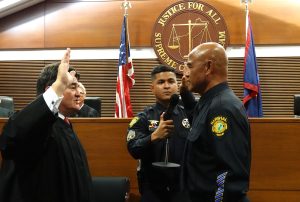
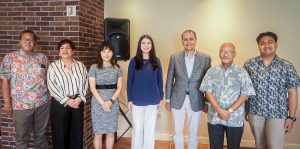

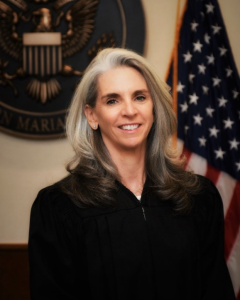
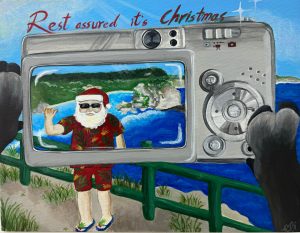
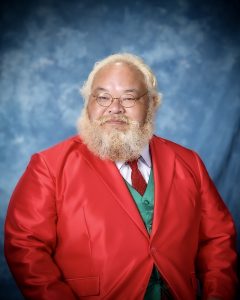
Any realistic help for the 46 percent who don’t have any health insurance of sort?
For people that work here insurance costs are way too high. And the only way to keep it and save your pay check is to chose a low option, plan on paying high deductables if it is every used and plan to travel to another country to get services. I don’t see this as “a model”. We have a lot of people on medicaid because it is a free. But how many of the 46 percent without insurance work and used to buy insurance but now can’t afford it or cant use it and find there are no options so have simply stopped? Touting that it is working so well that other’s are immulating it is crazy. Hey why not expand coverage to 100% of residents now “THAT’s a Model” .
How often do we need to see people begging for change on the road to send relatives for care? How many times do we need to hear that CHC is in trouble to realize that things are worse and the Medicaid gravy train is slowing down.
I find it troubling that the obituraries show people are dying relatively young more and more often. Why? Maybe it is because they had job. Couldn’t get Medicaid and couldn’t find services here that could diagnose any problems. Not all people have jobs that allow them to take two weeks or a month off to travel elsewhere for preventive care.
U dreaming, boy wonder, less than 17K eligible local families compared to millions in the US?
Also those that benefit the most on medical referrals are the ones with the correct name and the ones that can actually afford to pay for themselves. They are referred to Hawaii with an large family entourage.
The ‘common’ people only get referrals to the Phil. with one accompanying, then only if they can manage to get their elected rep to intervene with the referral committee.
Hawaii health care system would be more of an example as they have had mandatory employer health coverage for decades along with their State’Fed medicaid coverage for the unemployed families.
BTW, In the three part proposal for the new Obama Care replacement there is a “work mandated” requirement for each “medicaid” participants along with all states will have a block grant to be administered by the states along with their financial participation..
Also health insurance can be “shopped” by the individuals and companies by soliciting proposals from any health insurance companies outside of the area.
Maybe this could be a good thing for the CNMI Govt.regarding the health insurance for the retirees and employees etc.